Quando ho iniziato a usare una bicicletta elettrica, pensavo che la batteria sarebbe durata facilmente per ogni giro che avevo in programma. Ma dopo alcune salite ripide e alcune mattine fredde, ho capito una cosa importante: il modo in cui uso, conservo e tratto la batteria della mia e-bike fa una differenza molto più grande di quanto pensassi. La buona notizia? Non è necessario acquistare gadget o accessori costosi per migliorare significativamente le prestazioni della batteria. Infatti, con alcuni piccoli cambiamenti nelle abitudini quotidiane, è possibile prolungare notevolmente la durata e l'autonomia della batteria della propria e-bike, a volte anche di tre volte.
Ecco cosa ho imparato dall'esperienza, supportato da consigli pratici che puoi iniziare ad applicare subito.
Perché la batteria della tua e-bike non dura quanto dovrebbe
Quando le persone chiedono perché la batteria della loro e-bike sembra scaricarsi troppo rapidamente, la risposta è spesso semplice: inconsapevolmente stanno facendo cose che consumano energia. Pneumatici sgonfi, cattive abitudini di ricarica o l'utilizzo costante della modalità di pedalata assistita più elevata possono ridurre l'autonomia e consumare prematuramente la batteria.
E non si tratta solo di una singola corsa, ma dello stato di salute della batteria nel corso di molti mesi e anni. Le batterie agli ioni di litio, utilizzate nella maggior parte delle moderne biciclette elettriche, si degradano gradualmente a seconda di come vengono caricate, conservate e utilizzate. Quindi, se la tua e-bike originariamente dichiarava “40 km per carica” quando era nuova, abitudini poco attente potrebbero ridurla a soli 20-25 km entro un anno.
Per una spiegazione dettagliata di come funzionano effettivamente le batterie delle e-bike, consulta questa guida approfondita di BikeRadar.
Le 5 abitudini principali che utilizzo per prolungare la durata della batteria della mia e-bike

Nel corso del tempo ho sviluppato alcune abitudini semplici ma efficaci che mi consentono di mantenere la batteria sempre carica. Queste pratiche non richiedono aggiornamenti sofisticati né strumenti speciali. Sono completamente gratuite, ma fanno una grande differenza nelle prestazioni reali.
1. Mantieni i pneumatici gonfiati correttamente
Gli pneumatici morbidi creano una resistenza al rotolamento inutile, costringendo il motore a lavorare di più e consumando più rapidamente la batteria. Ora controllo la pressione degli pneumatici ogni settimana, soprattutto prima dei viaggi più lunghi. Gli pneumatici gonfiati correttamente non solo prolungano la durata della batteria, ma rendono anche la guida più fluida, sicura e piacevole.
2. Inizia con calma — Non usare sempre la massima potenza
Se la tua e-bike è dotata di modalità acceleratore, potresti essere tentato di partire a tutta velocità dai semafori. Tuttavia, le accelerazioni improvvise da fermo consumano rapidamente l'energia. Io invece inizio la pedalata lentamente, prima di lasciare che il motore entri in funzione. Questa piccola modifica aumenta notevolmente l'autonomia e riduce lo stress sul motore.
3. Utilizza la pedalata assistita con saggezza
Anziché utilizzare sempre la modalità di assistenza massima, passo a modalità inferiori su strade pianeggianti o quando viaggio a velocità costante. In salita, aumento il livello di assistenza solo quando è davvero necessario. Questo approccio equilibrato mi ha permesso di guadagnare molti chilometri in più con ogni singola ricarica.
4. Non sovraccaricare né scaricare completamente la batteria
Lasciare che la batteria si scarichi completamente o ricaricarla costantemente al 100% non è salutare per un utilizzo a lungo termine. Cerco invece di mantenere la batteria tra il 20% e l'80% per la maggior parte del tempo. Questa abitudine ha mantenuto elevate le prestazioni della batteria dopo più di un anno di spostamenti quotidiani.
Ecco una guida utile su Come ricaricare correttamente la batteria della tua e-bike.
5. Parcheggiare all'ombra
Il calore è uno dei maggiori nemici delle batterie agli ioni di litio. Se devo lasciare la mia e-bike all'aperto, cerco sempre di trovare un posto all'ombra, soprattutto durante l'estate. Mantenere la batteria fresca mentre è parcheggiata aiuta a rallentare l'usura all'interno delle celle, garantendo una maggiore durata complessiva.
Come conservare e ricaricare correttamente la batteria
Prendersi cura della batteria della propria e-bike a casa è importante tanto quanto utilizzarla sulla strada. Piccole abitudini possono fare molto per mantenerne le prestazioni:
- Carica all'interno quando possibile, ed evitare di lasciare la batteria collegata durante la notte se non necessario.
- Se non utilizzerai la bicicletta per un po' di tempo (ad esempio durante l'inverno), conserva la batteria con una carica di circa il 50-60% in un luogo fresco e asciutto.
- Evitare la ricarica rapida se non strettamente necessario. Una ricarica lenta e costante è molto più delicata sulle celle della batteria.
Molti ciclisti chiedono se sia possibile lasciare la batteria sulla bicicletta durante la ricarica. La risposta dipende dal modello di e-bike. In generale, se sia la bicicletta che la batteria vengono tenute al chiuso, non ci sono problemi. Tuttavia, è sempre bene controllare le istruzioni del produttore per avere conferma.
Per consigli più dettagliati, il Consigli sulle e-bike Guida britannica alla manutenzione della batteria è una risorsa eccellente e affidabile.
Scegliere la e-bike giusta per il tuo stile di guida può farti risparmiare batteria
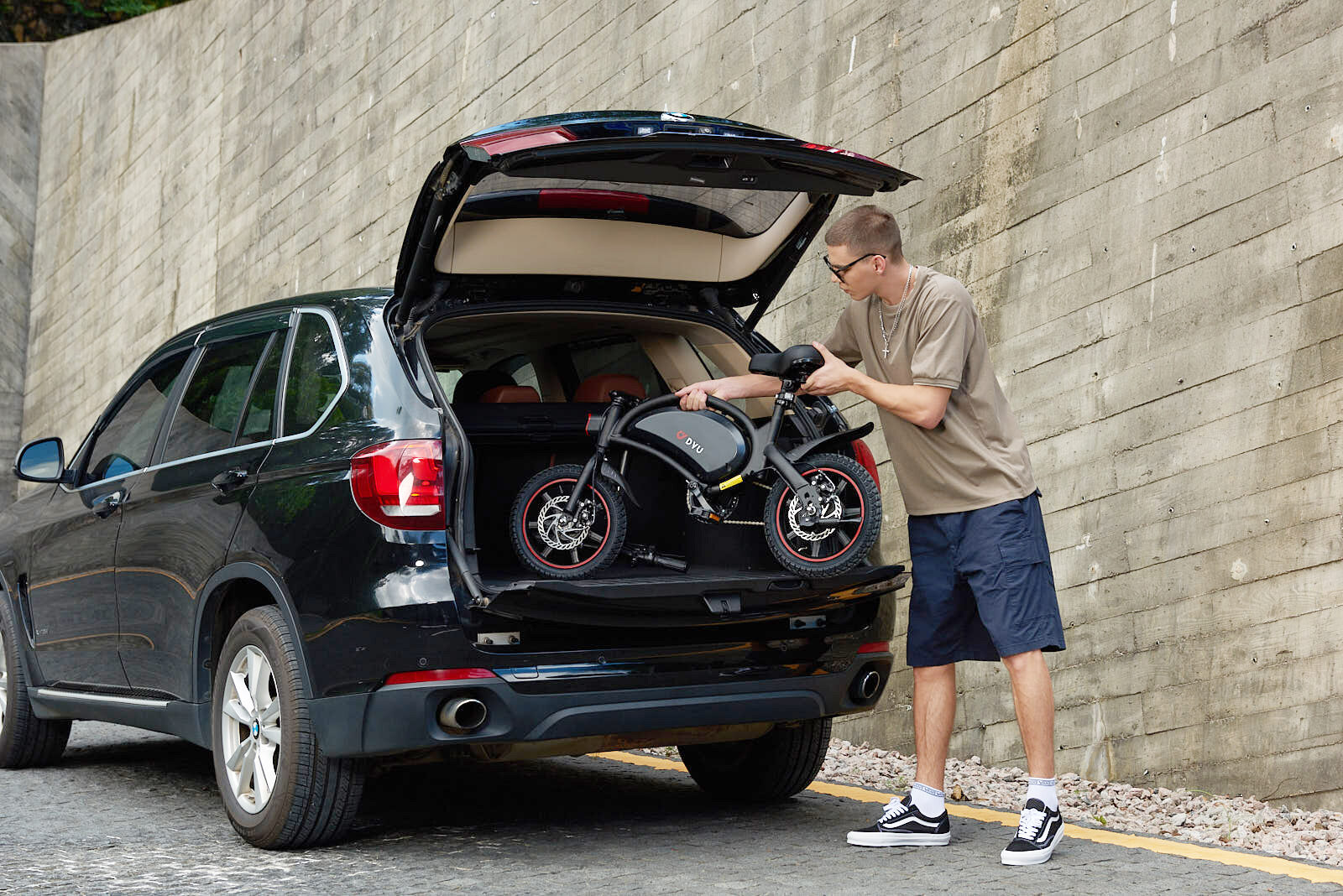
Non tutte le biciclette elettriche sono uguali. Scegliere il modello giusto per le tue esigenze personali può rendere le tue pedalate più fluide, più facili e meno dispendiose in termini di batteria.
Ecco una tabella comparativa che avrei voluto vedere quando ho acquistato la mia prima e-bike:
| Tipo di bicicletta elettrica | Il migliore per | Autonomia tipica della batteria | Forza motoria | Pro | Contro |
|---|---|---|---|---|---|
| Bicicletta elettrica pieghevole | Pendolari urbani, piccoli appartamenti | 25–50 km | 250 W–350 W | Compatto, leggero, portatile | Ruote meno stabili e più piccole |
| E-Bike da città | Strade urbane pianeggianti | 40-70 km | 250W | Comodo, conveniente | Non ideale per le colline |
| Bicicletta ibrida | Terreno misto | 50–80 km | 250 W–500 W | Versatile, ottimo per gli spostamenti quotidiani | Più pesante, prezzo medio |
| Mountain E-Bike | Sentieri fuoristrada, colline ripide | 60–100+ km | 500W+ | Motore potente, sospensioni avanzate | Costoso, telaio ingombrante |
Ad esempio, recentemente ho testato il DYU D3F Mini bici elettrica pieghevole da 14 pollici, ideale per brevi spostamenti e spazi ridotti. Con il suo motore da 250 W e il telaio pieghevole compatto, è perfetta per chi vive in città e desidera un mezzo portatile ma efficiente. La sua autonomia modesta di circa 25 miglia è ideale per le commissioni quotidiane o per brevi spostamenti in città.
Quando acquisti una e-bike, poniti queste domande fondamentali:
- Quanta strada percorro di solito ogni giorno?
- Devo trasportare la bicicletta all'interno o sui mezzi pubblici?
- Il mio percorso è prevalentemente pianeggiante o include salite ripide?
Adattare la bicicletta alle proprie abitudini di vita riduce lo sforzo sulla batteria e garantisce un'esperienza di guida complessivamente migliore.
[button size="medium" style="primary" text="BUY DYU D3F" link="https://voltbike.co.uk/product/dyu-d3f-14-inch-mini-folding-electric-bike/" target=""]
Cosa ho imparato dall'uso eccessivo della mia prima batteria e come evitarlo
Come molti nuovi proprietari di e-bike, ho commesso tutti gli errori più comuni con la mia prima batteria: guidando costantemente in modalità turbo, ricaricandola al 100% ogni singola notte e aspettandomi che funzionasse come nuova per sempre. Nel giro di soli sei mesi, ho notato che la mia autonomia era diminuita in modo significativo. Dopo un anno, riuscivo a percorrere solo circa la metà della distanza originale.
Da allora ho cambiato mentalità. Ora considero la batteria come una compagna a lungo termine piuttosto che una semplice fonte di energia usa e getta. Non è solo una questione di praticità, ma anche di efficienza. Grazie a piccoli accorgimenti sono riuscito a stabilizzare le prestazioni e a godermi viaggi affidabili senza dover sostituire la batteria prematuramente.
Se hai appena iniziato a usare le e-bike, non preoccuparti se hai già commesso alcuni di questi errori. La buona notizia è che spesso è possibile ripristinare lo stato di salute della batteria adottando abitudini migliori a partire da oggi. Non servono attrezzature o app costose, basta solo consapevolezza e attenzione.
Considerazioni finali e cosa puoi fare oggi
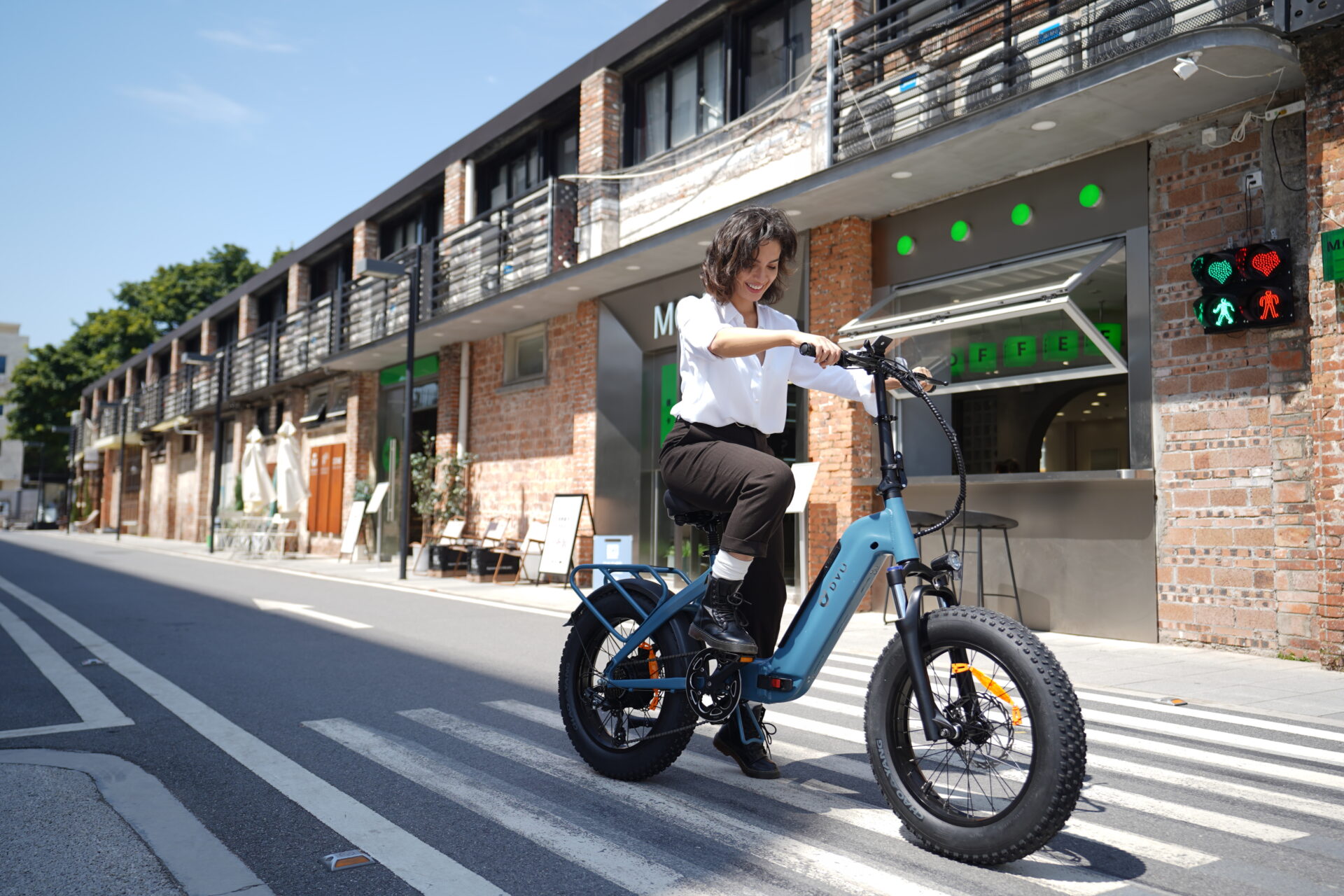
Se vuoi ottenere di più dalla batteria della tua e-bike senza spendere soldi extra, ricorda questo: è tutta una questione di come guidare, ricaricare e riporre. Questi cambiamenti possono sembrare piccoli, ma insieme portano a vantaggi significativi, non solo in termini di autonomia, ma anche di durata della batteria a lungo termine.
Ecco un breve riassunto di ciò che puoi fare oggi:
- Controlla e mantieni regolarmente la pressione dei pneumatici.
- Utilizza le modalità di assistenza alla pedalata in modo strategico anziché sfruttare al massimo la potenza.
- Evitare scariche profonde e ricariche complete costanti.
- Scegli un modello di e-bike che si adatti perfettamente alle tue abitudini di guida.
- Conserva e ricarica la batteria con cura.
Se hai appena iniziato, ti consiglio di dare un'occhiata al Negozio VoltBike UK, che offre modelli urbani molto apprezzati e opzioni adatte ai principianti.
Hai bisogno di ulteriori indicazioni? Il Cycling UK Hub per biciclette elettriche fornisce eccellenti risorse gratuite per i motociclisti del Regno Unito.
Sei pronto a guidare in modo più intelligente e andare più lontano? Inizia adottando solo una o due di queste abitudini oggi stesso. La tua batteria e il tuo portafoglio ti ringrazieranno nel lungo periodo.
FAQ
1. Come posso prolungare la durata della batteria della mia e-bike?
Mantieni i pneumatici gonfi, utilizza le modalità di pedalata assistita più basse quando possibile, evita le partenze a tutto gas e mantieni la carica tra 20% e 80%.
2. È dannoso ricaricare ogni volta la batteria della mia e-bike al 100%?
Sì. Caricare regolarmente fino al 100% può ridurre la durata della batteria a lungo termine. Per l'uso quotidiano, è preferibile puntare a un livello compreso tra l'80 e il 90%.
3. Posso lasciare la batteria sulla bicicletta durante la ricarica?
Di solito sì, purché la bicicletta sia riposta al chiuso. Tuttavia, segui sempre le raccomandazioni specifiche riportate nel manuale della tua e-bike.
4. Qual è il modo migliore per conservare la batteria se non utilizzo la bicicletta per un po' di tempo?
Conservare in un luogo fresco e asciutto a una temperatura compresa tra 50 e 60 °C. Evitare il calore eccessivo o le temperature sotto lo zero.
5. Qual è il tipo di e-bike più adatto per gli spostamenti brevi in città?
Una e-bike pieghevole leggera, come la DYU D3F, è perfetto per la vita in città: compatto, portatile ed efficiente per i viaggi brevi.

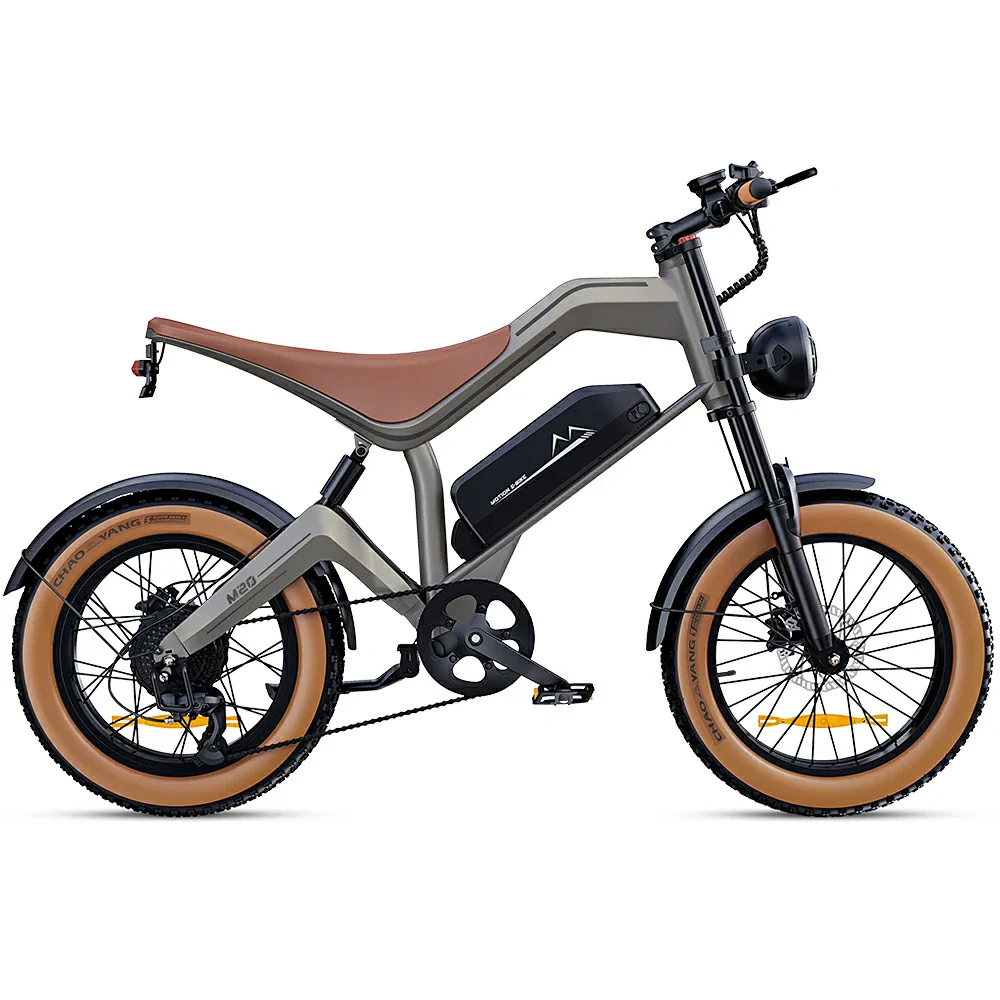
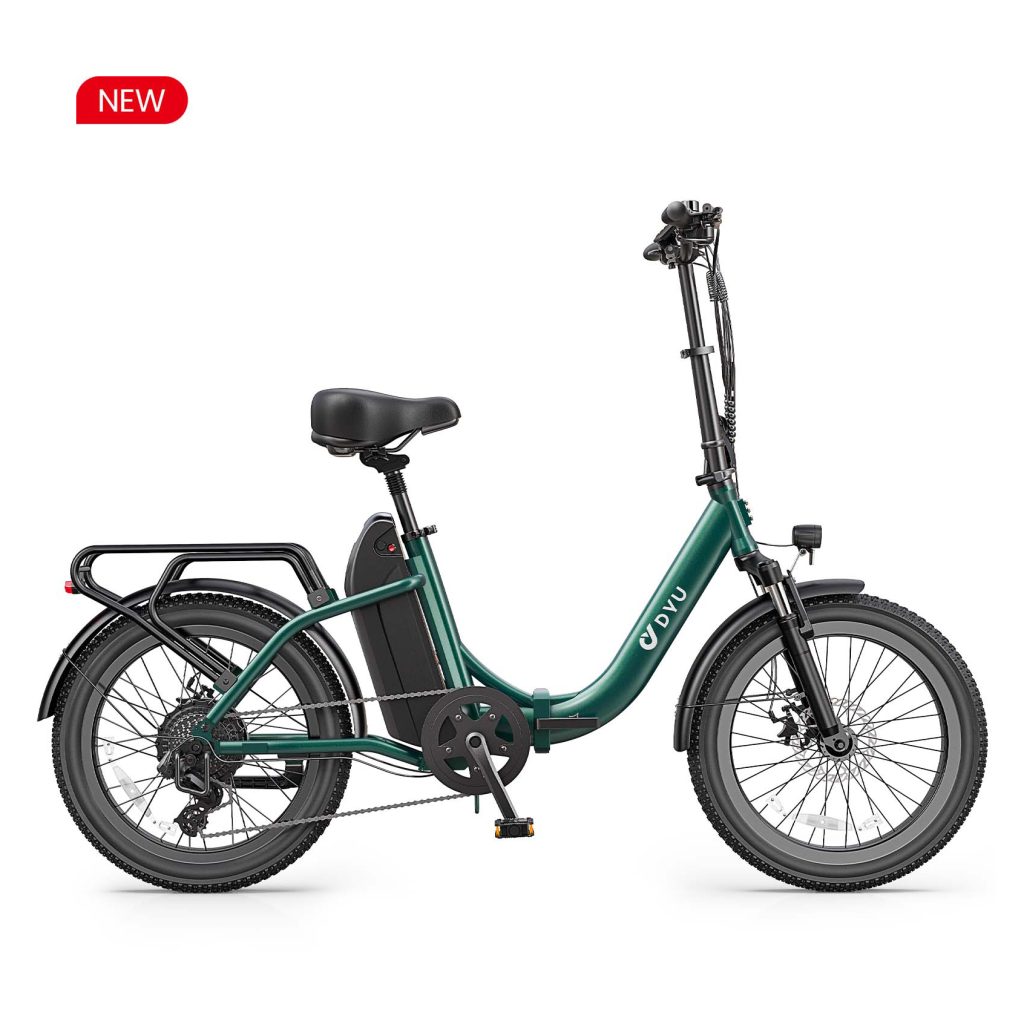
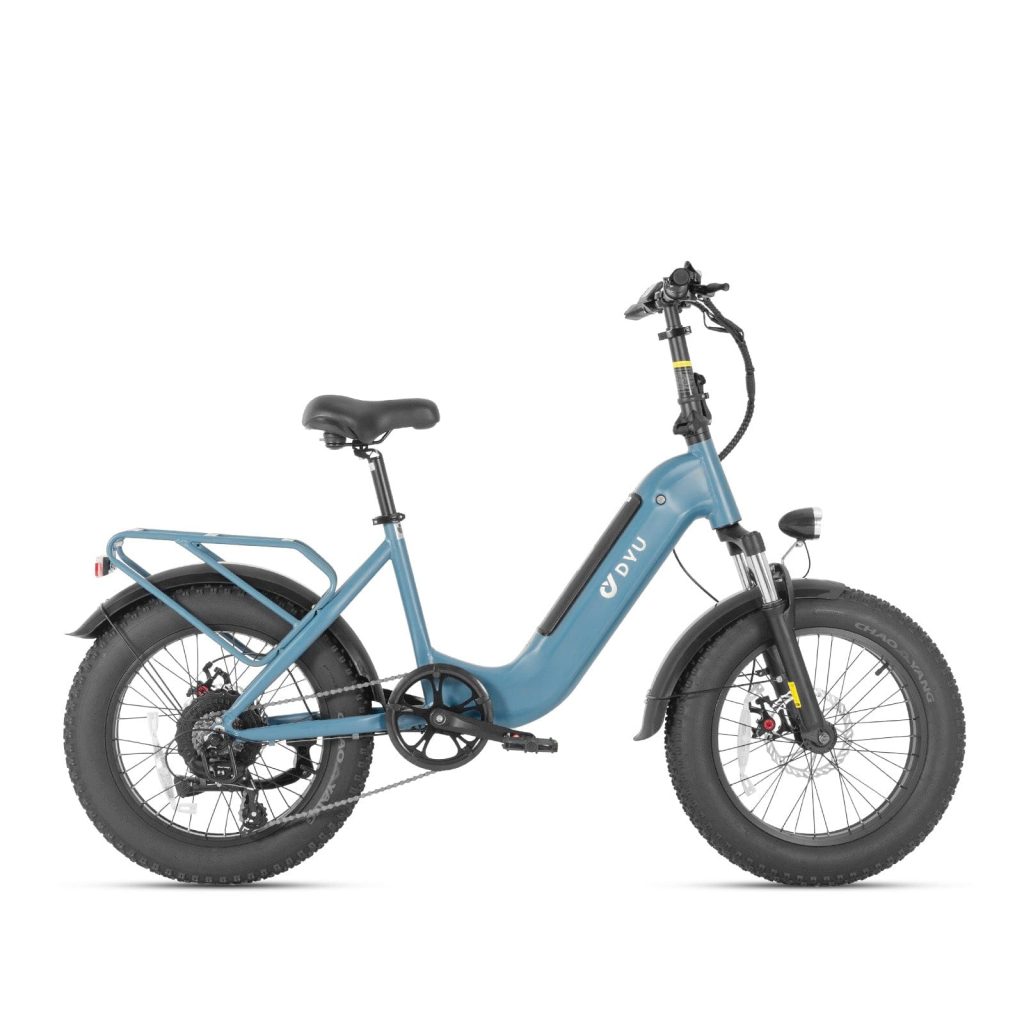
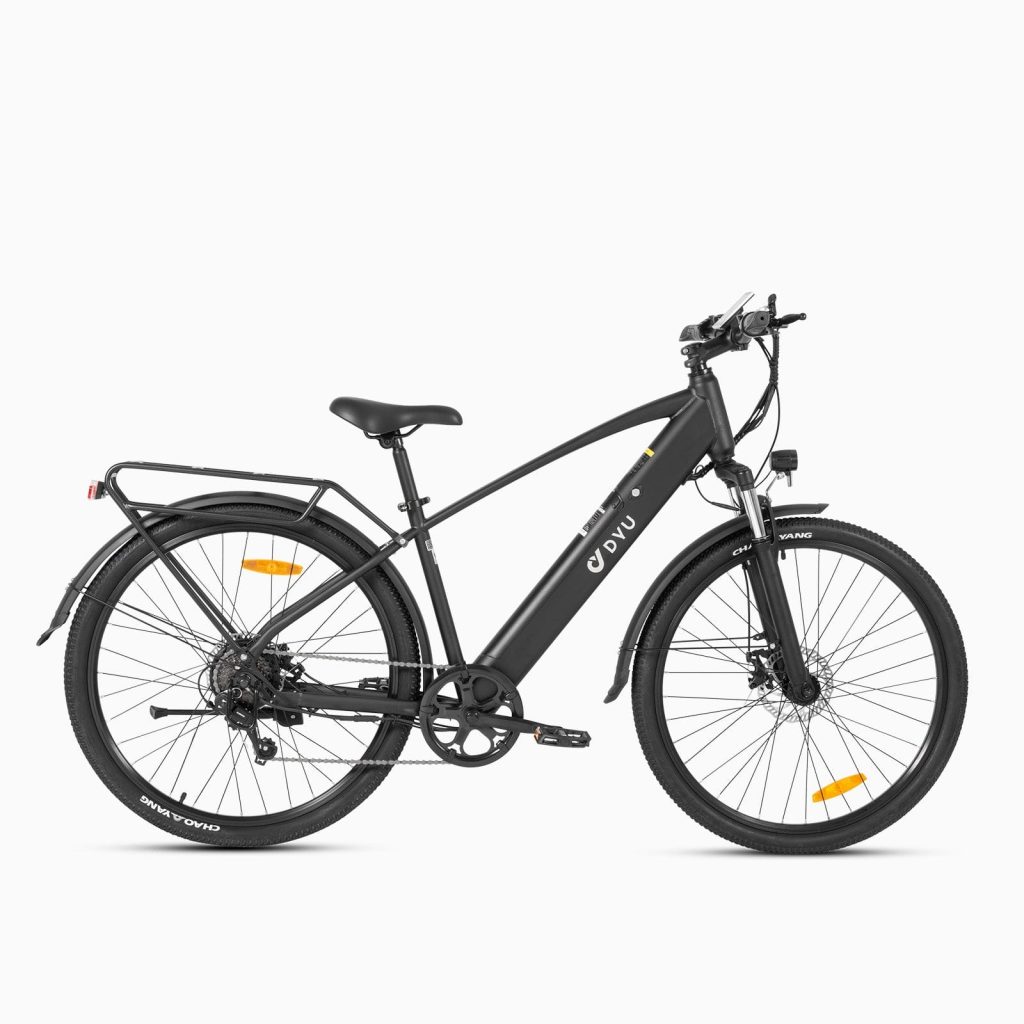
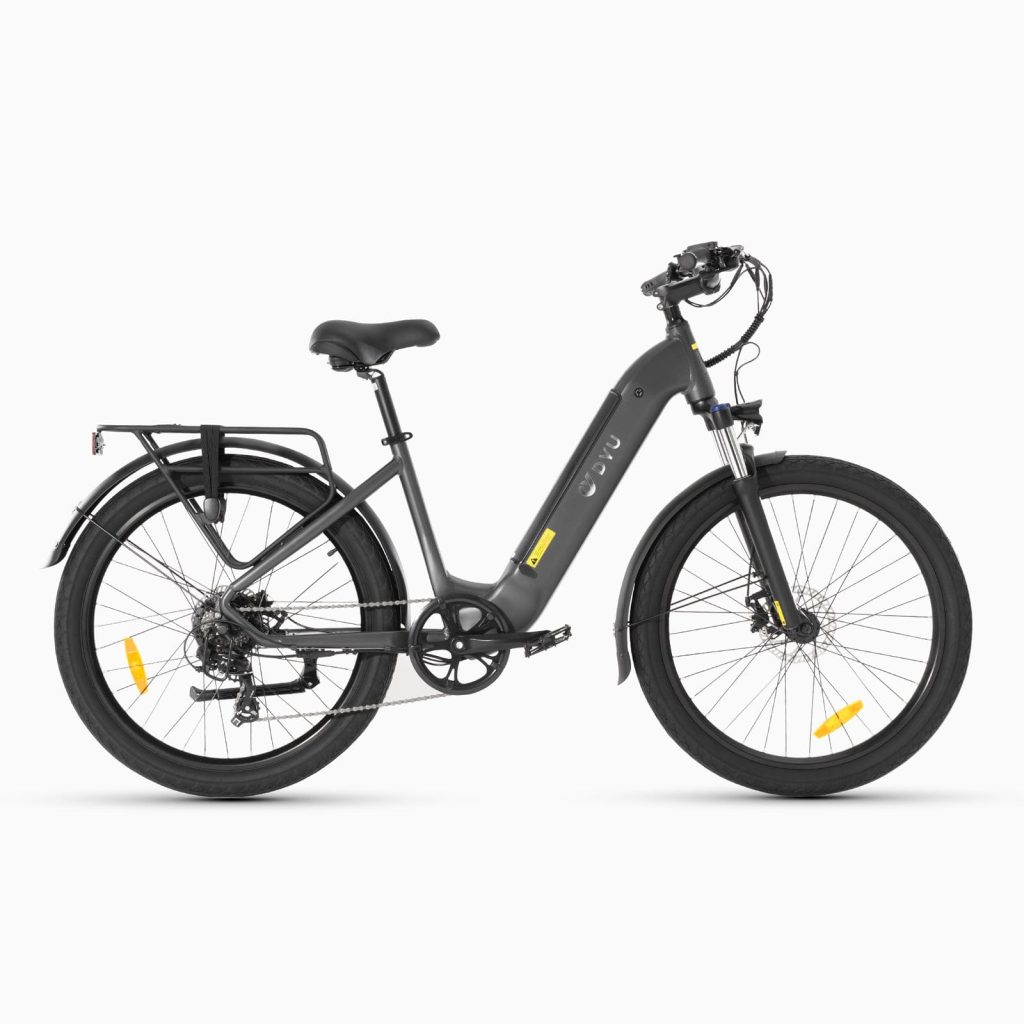
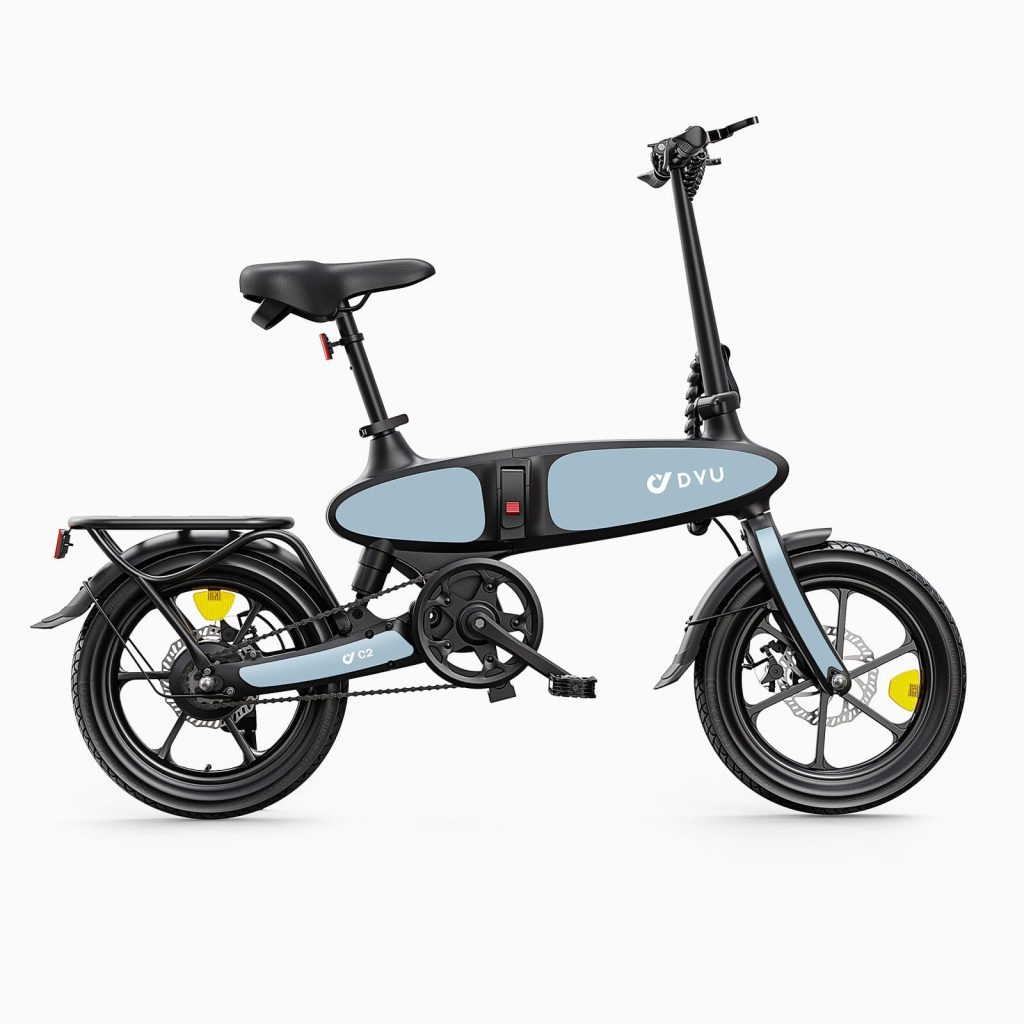
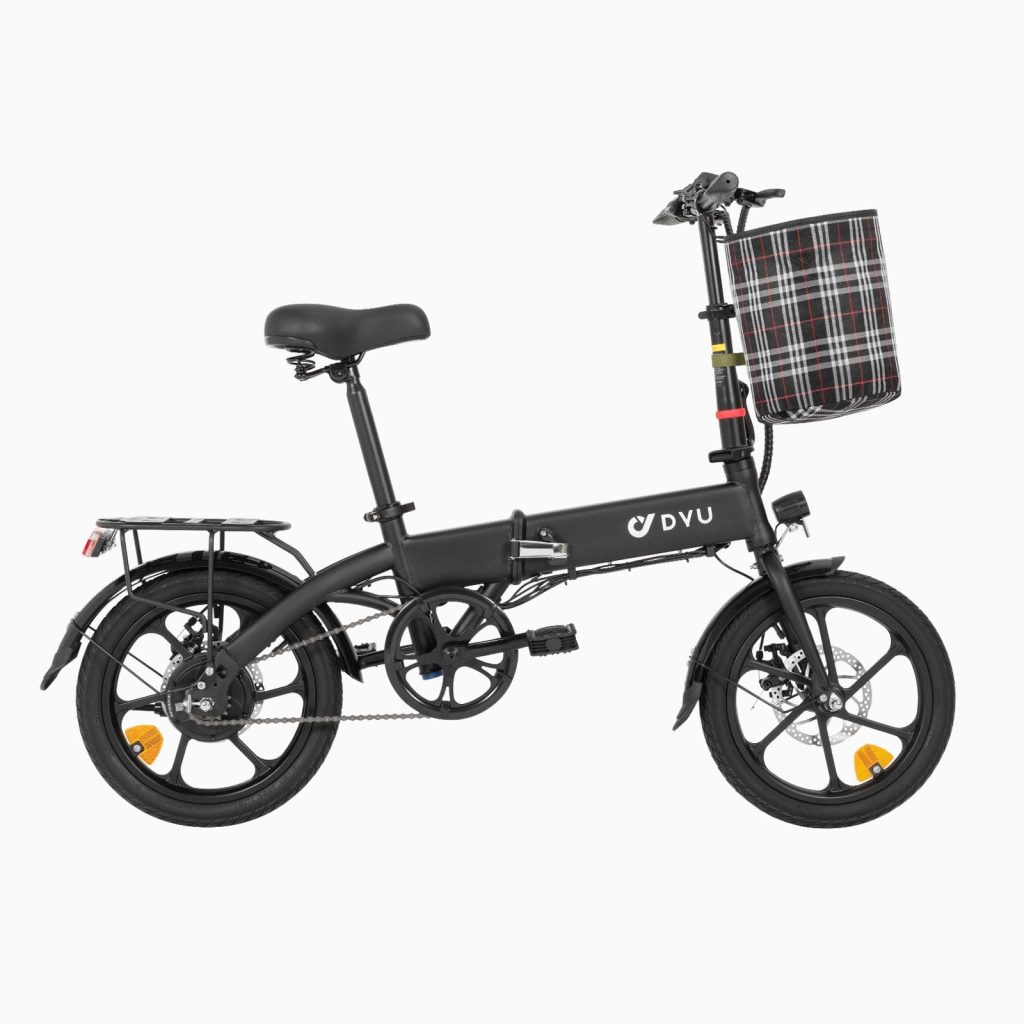
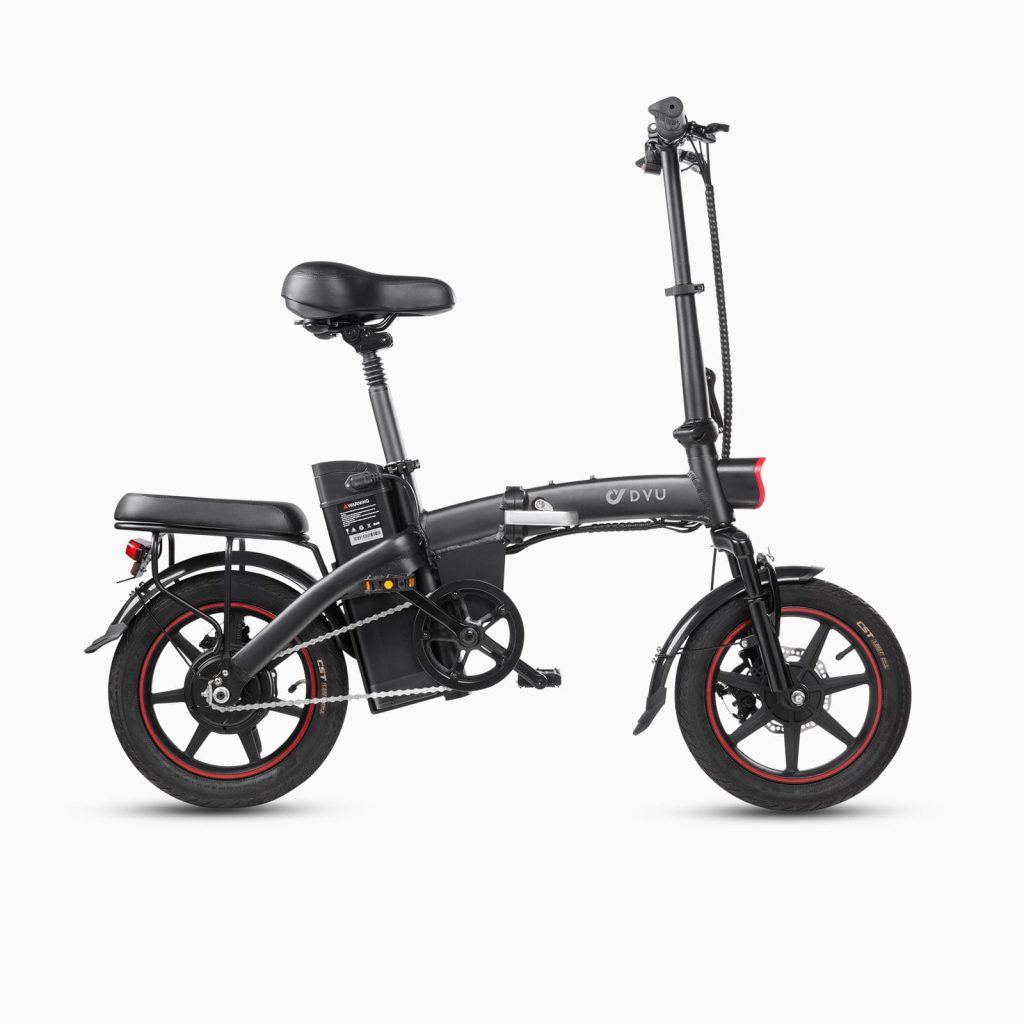

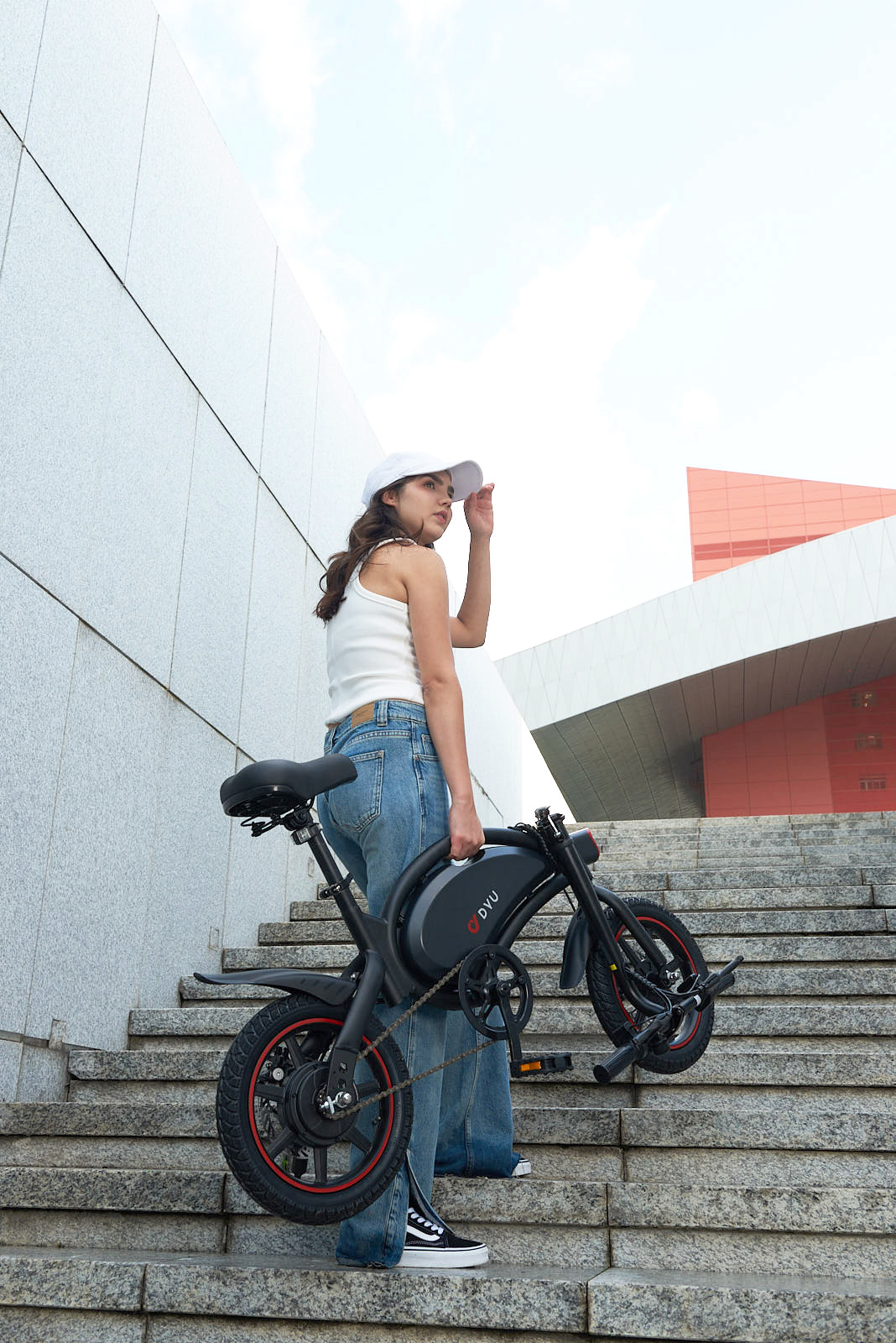
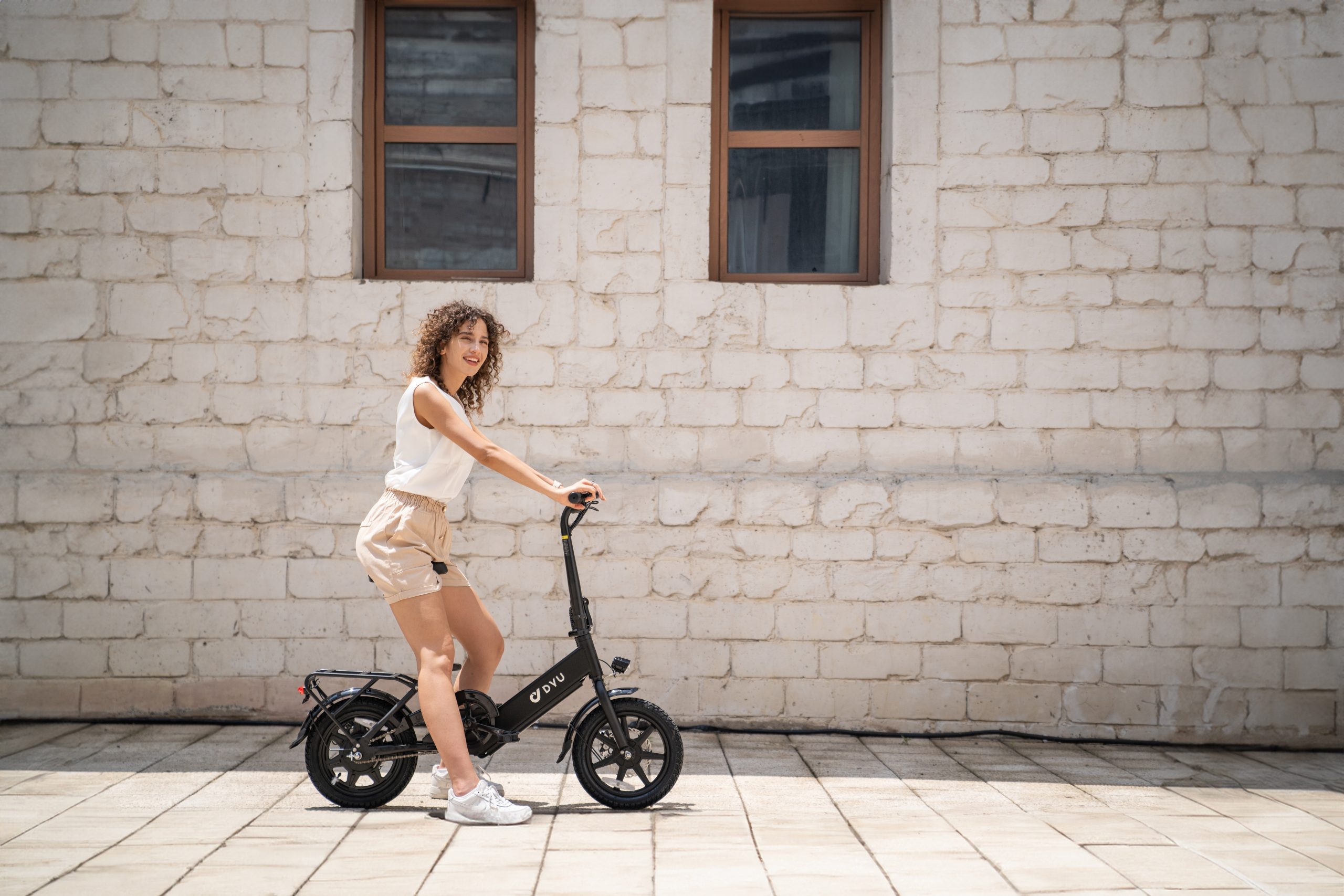
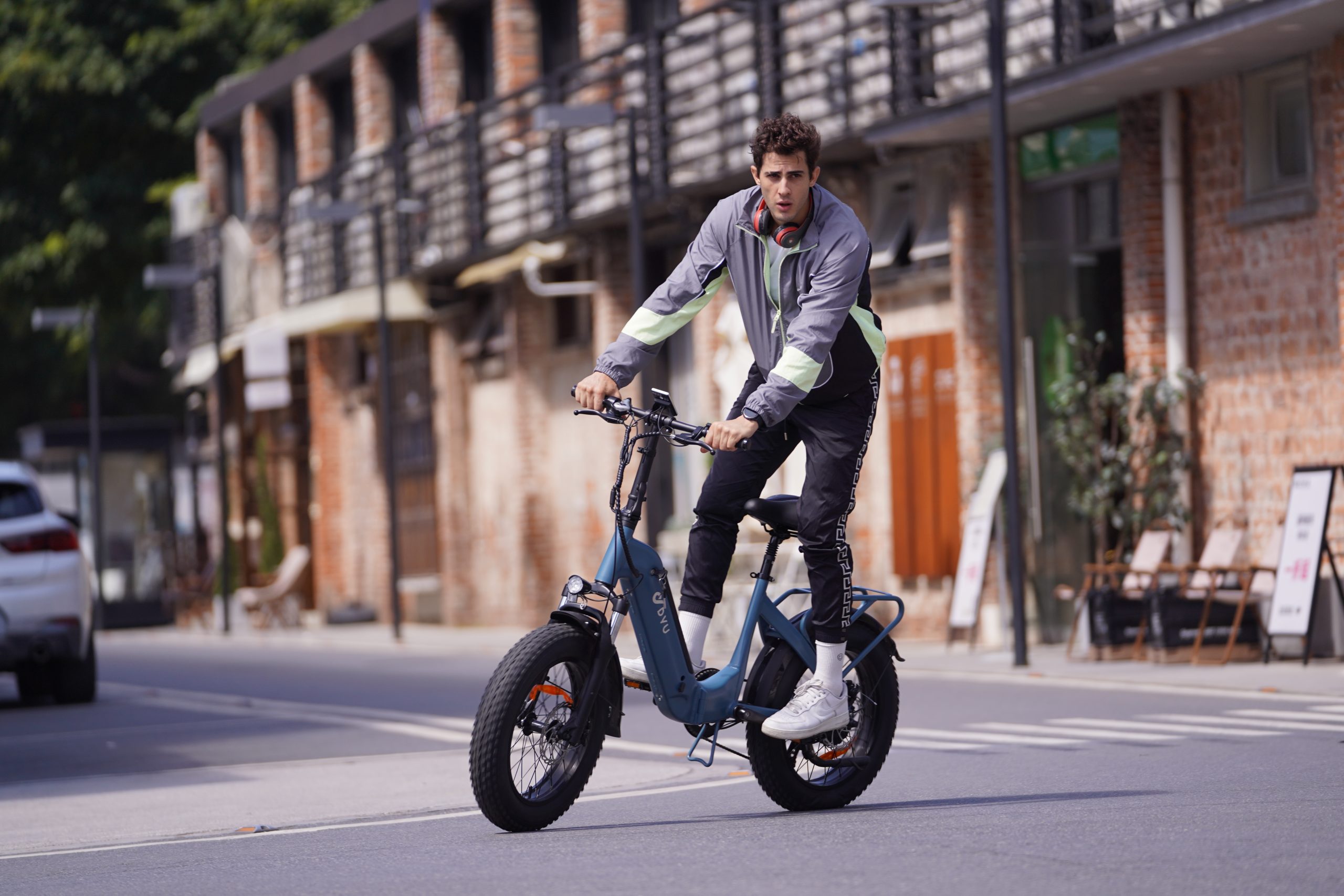


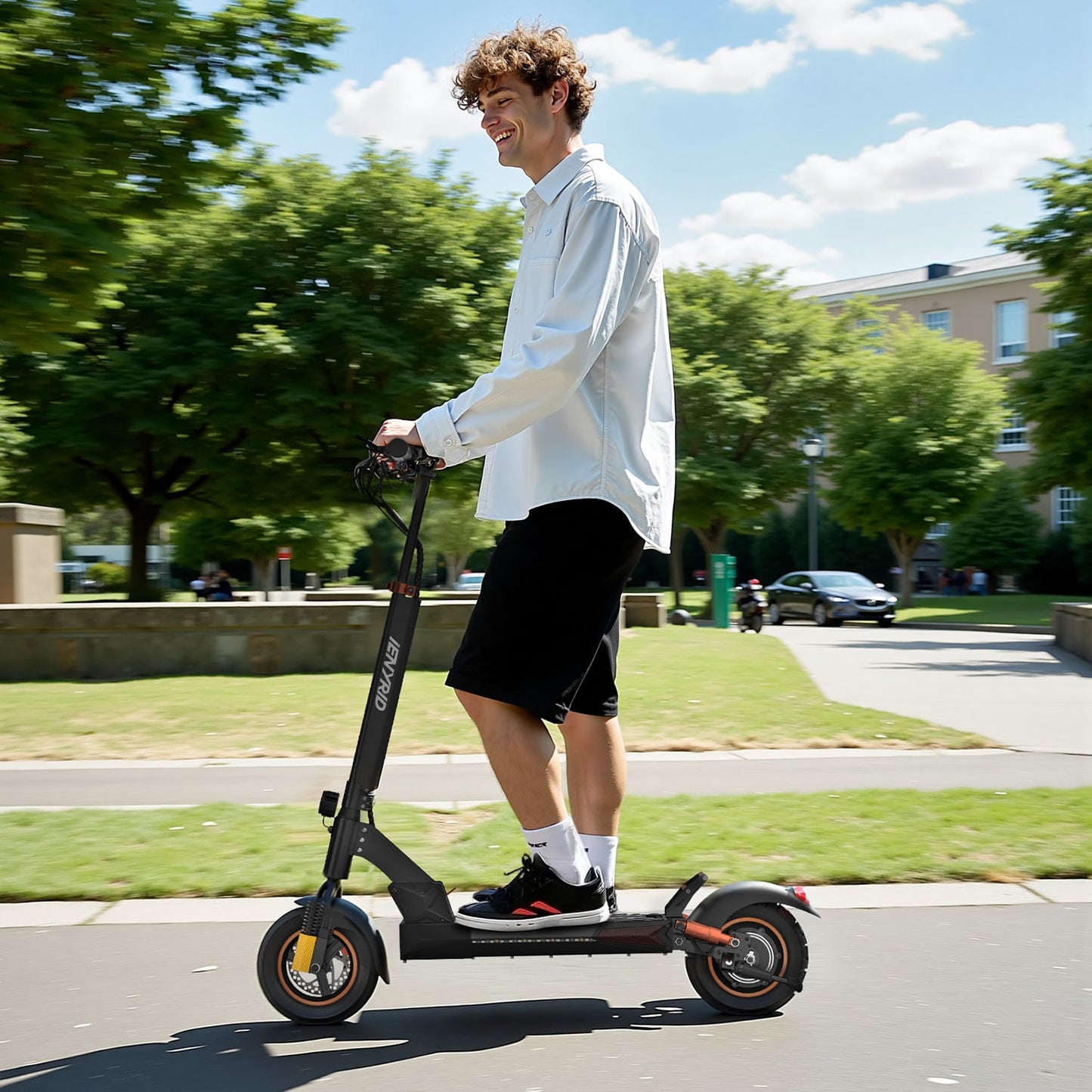
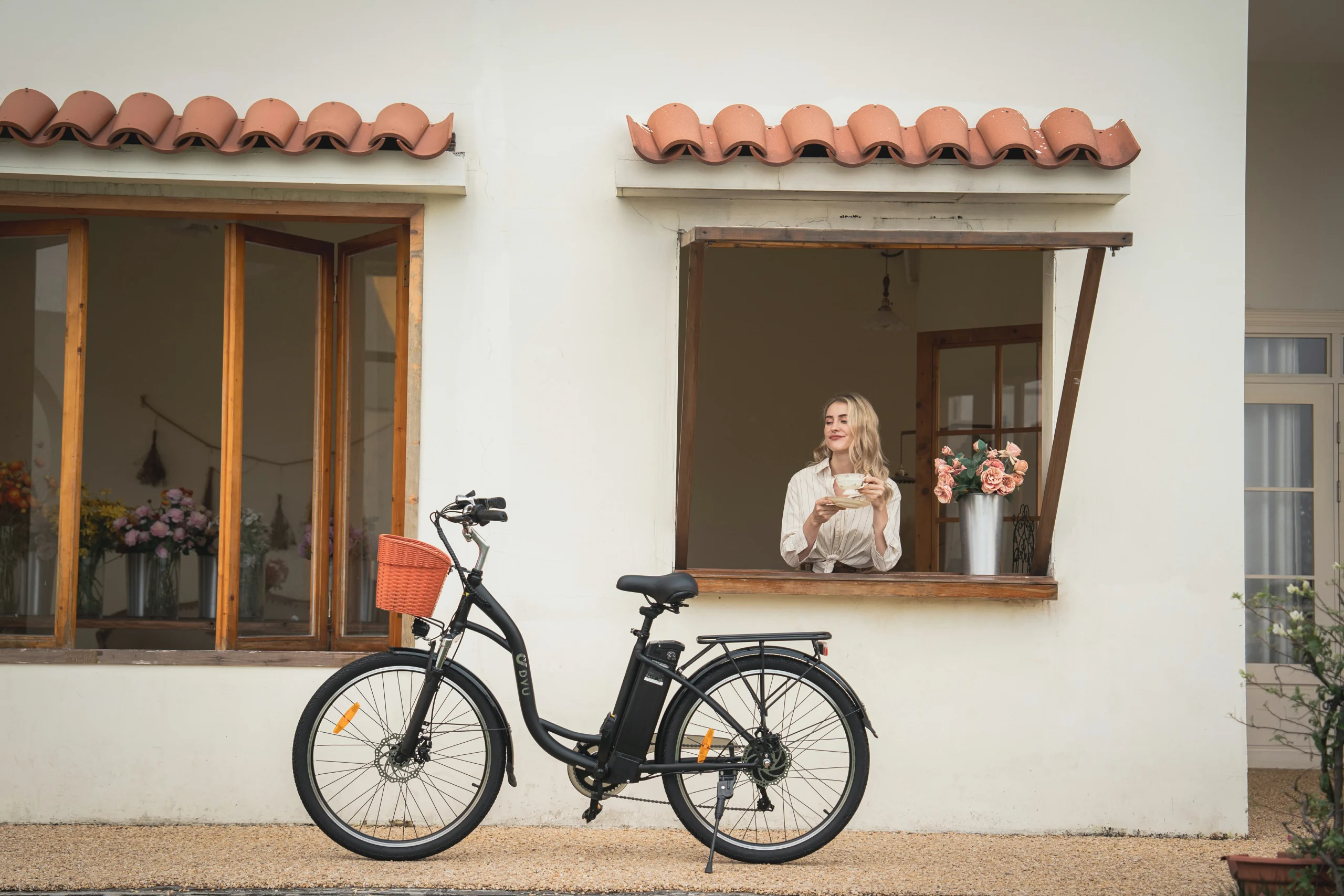

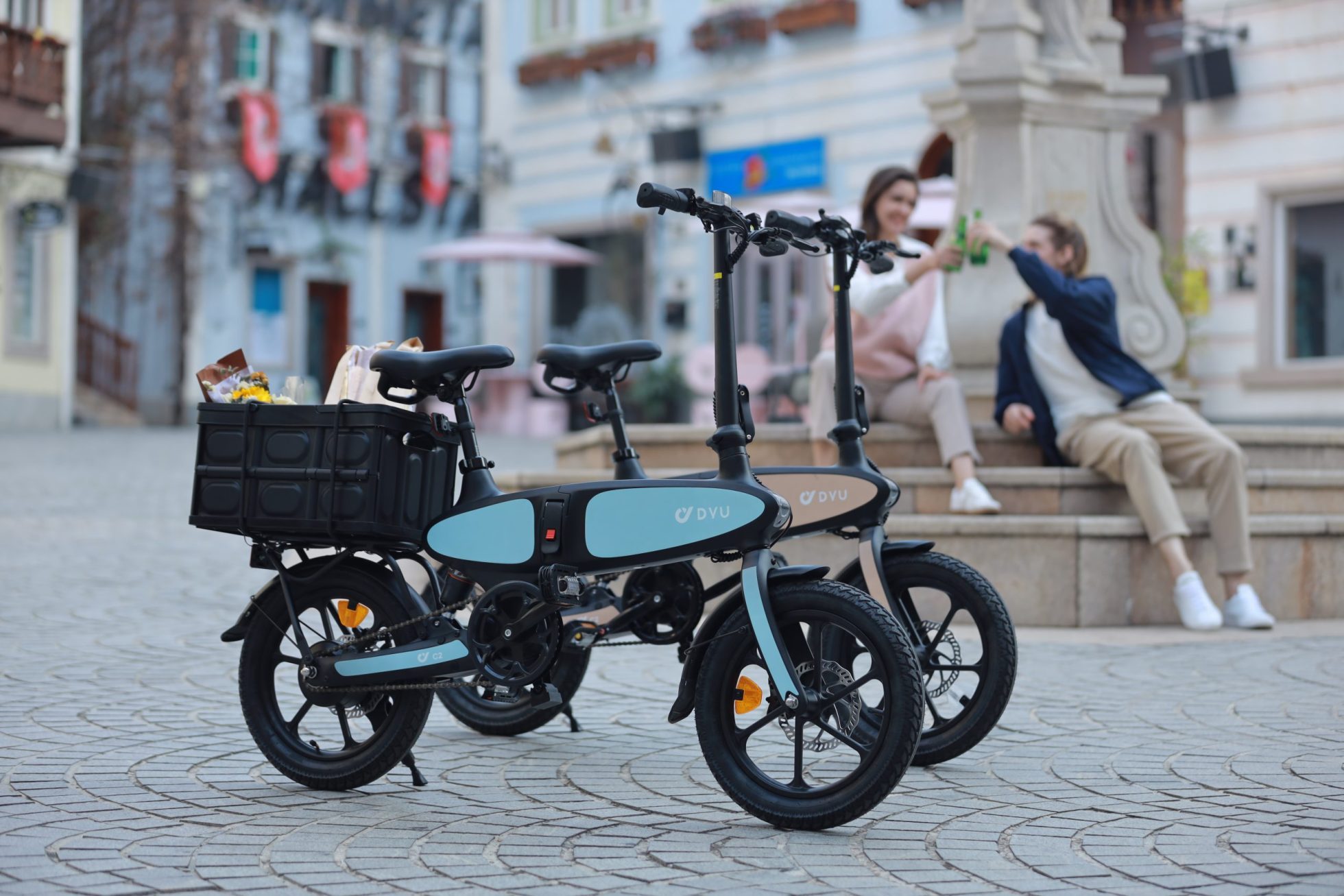
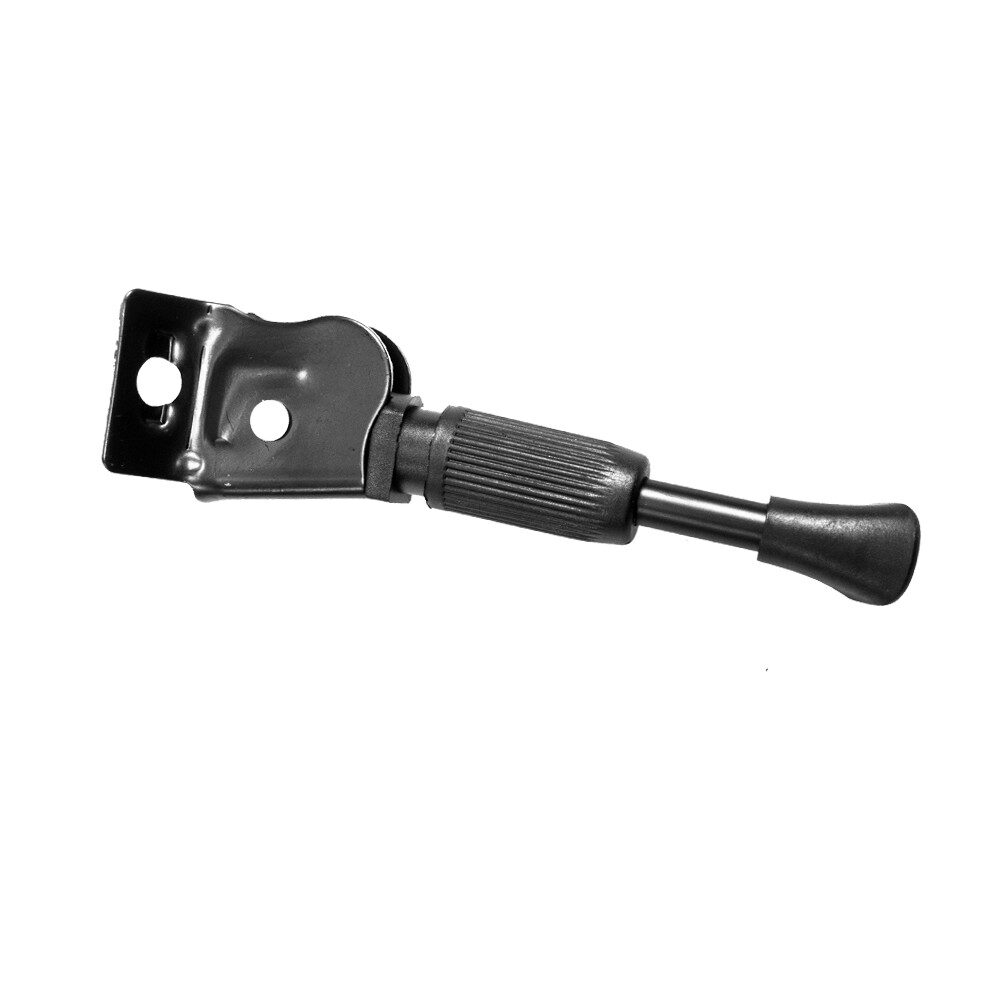
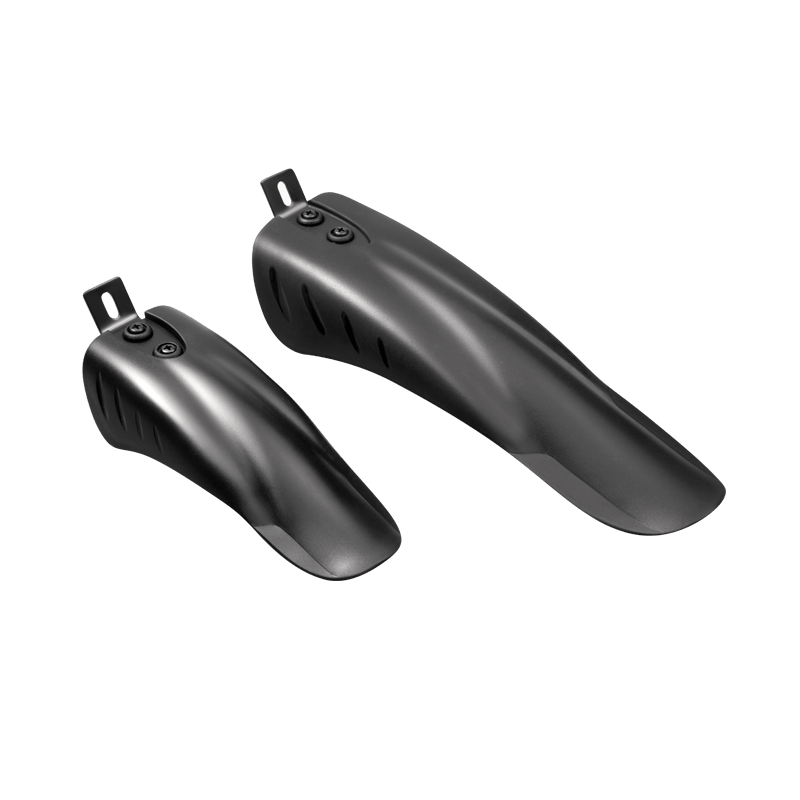
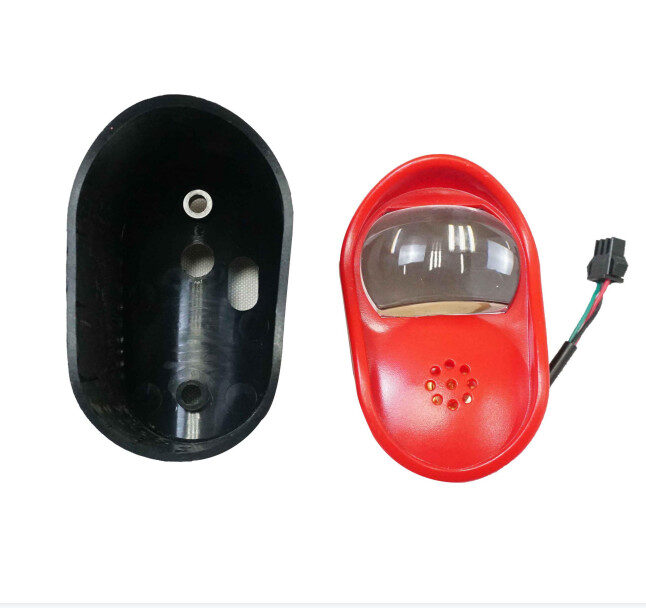
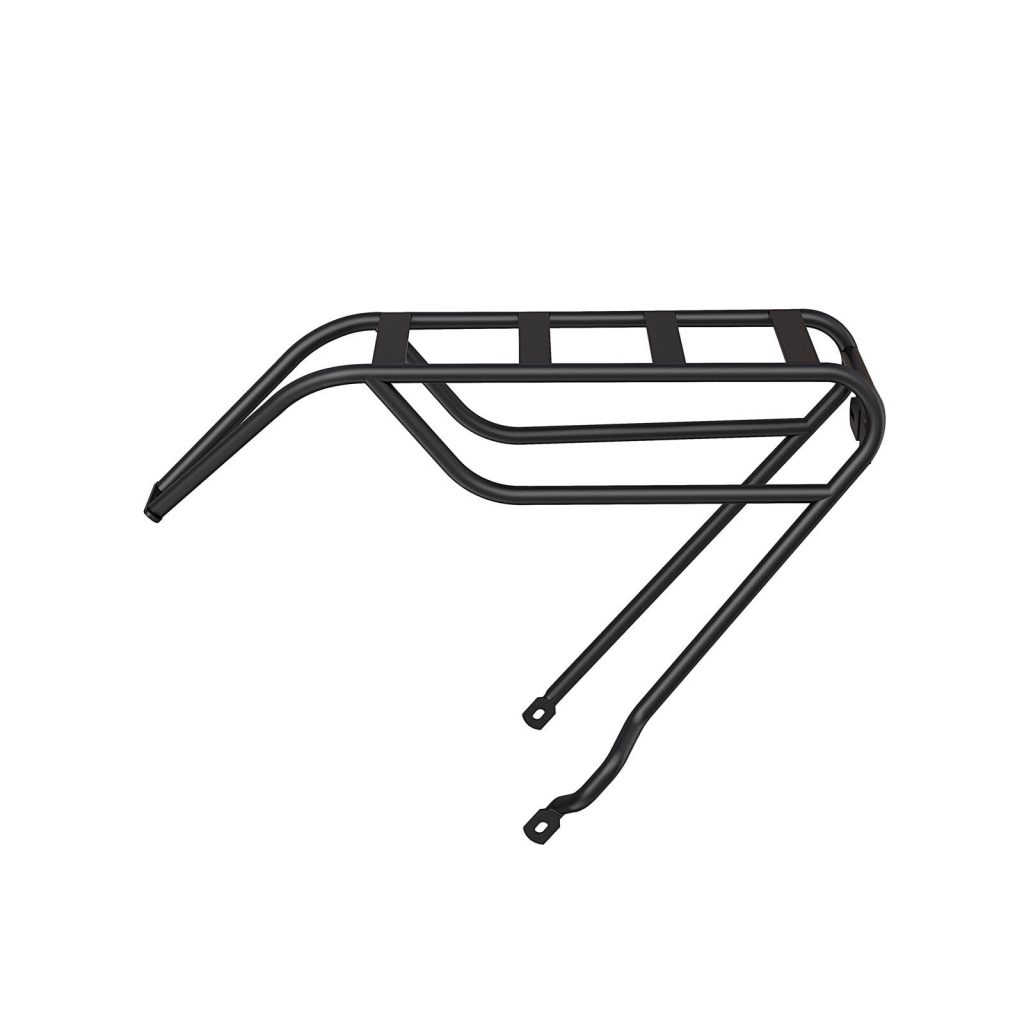
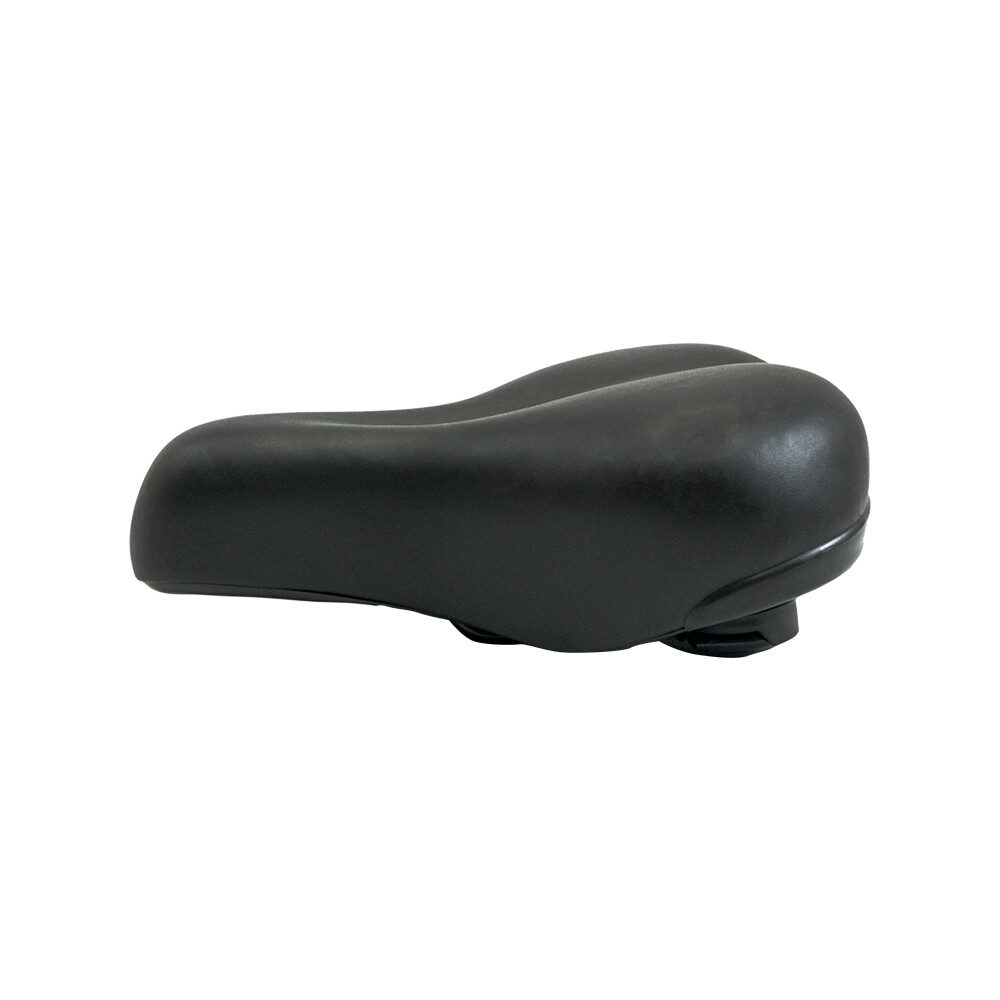
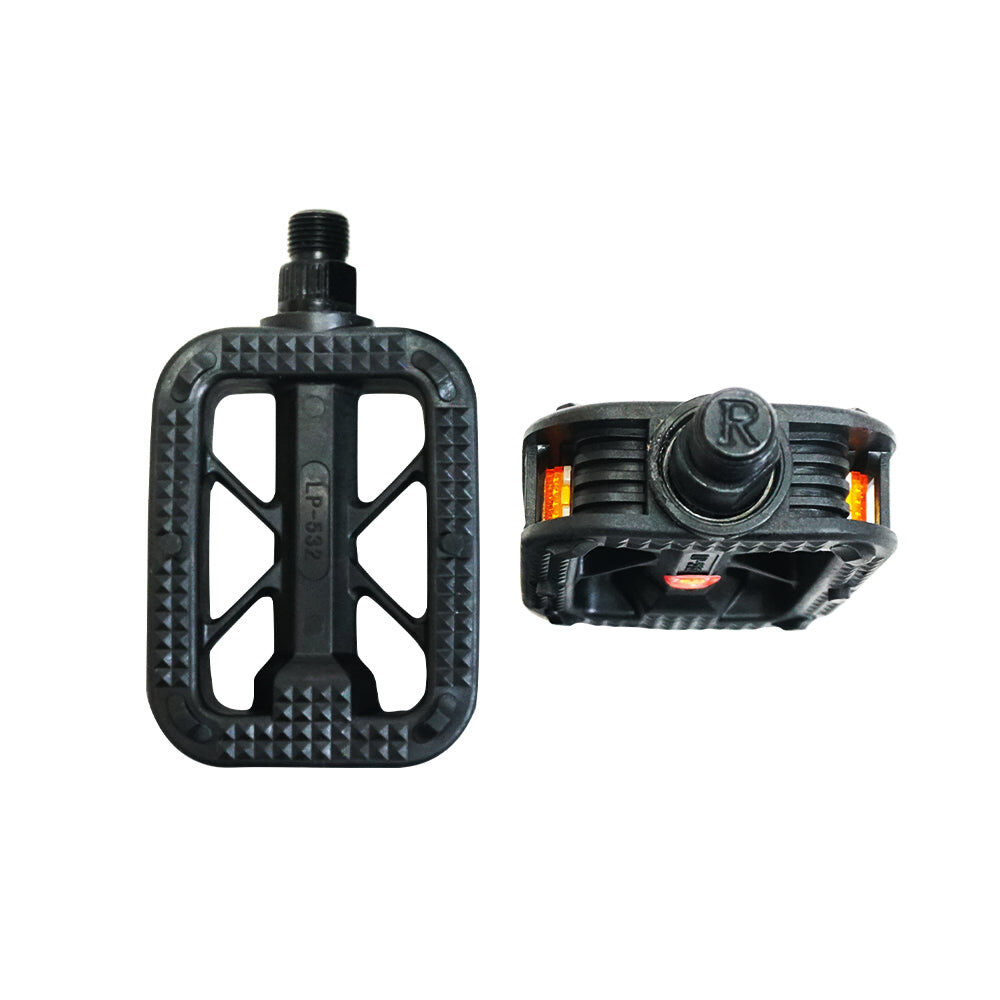
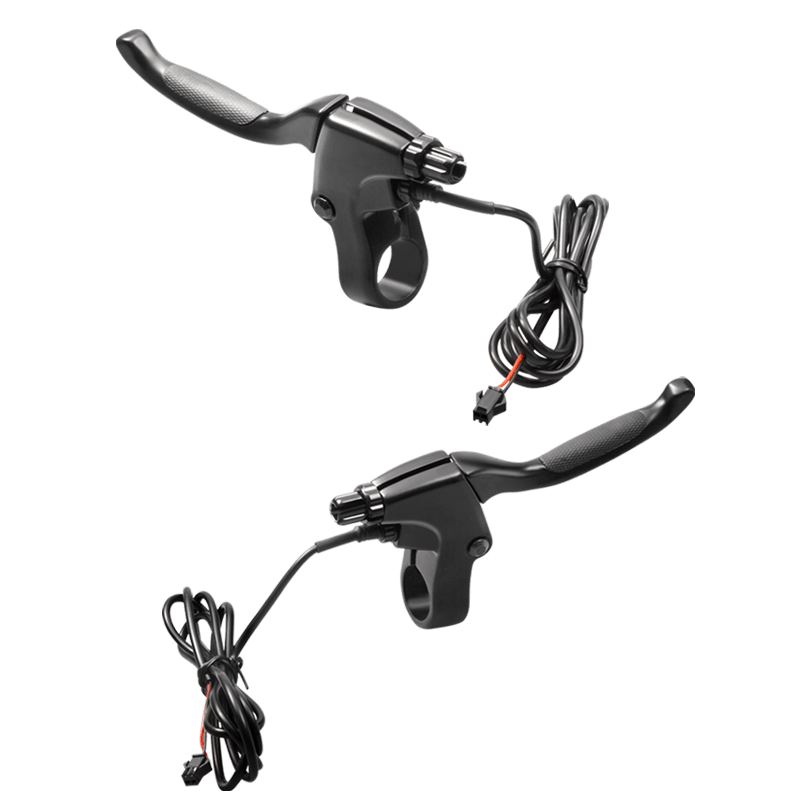
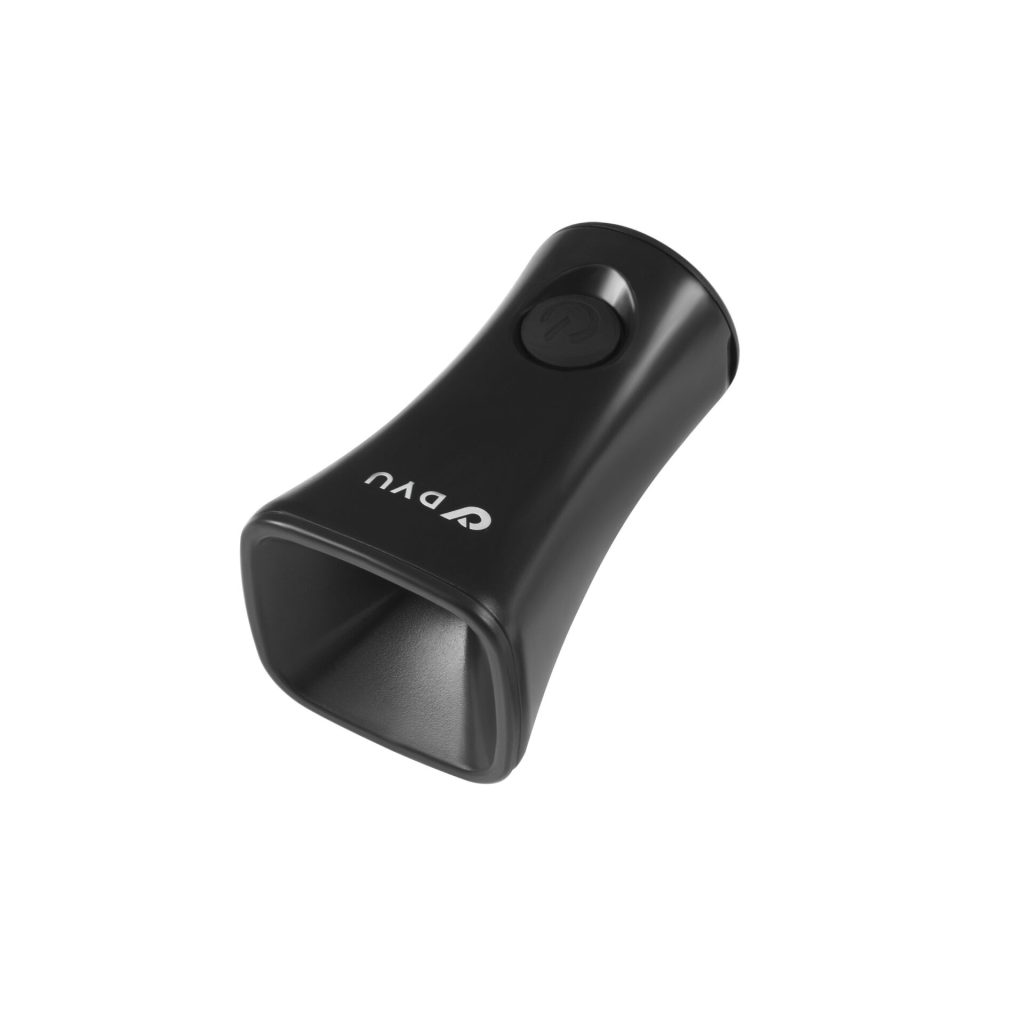

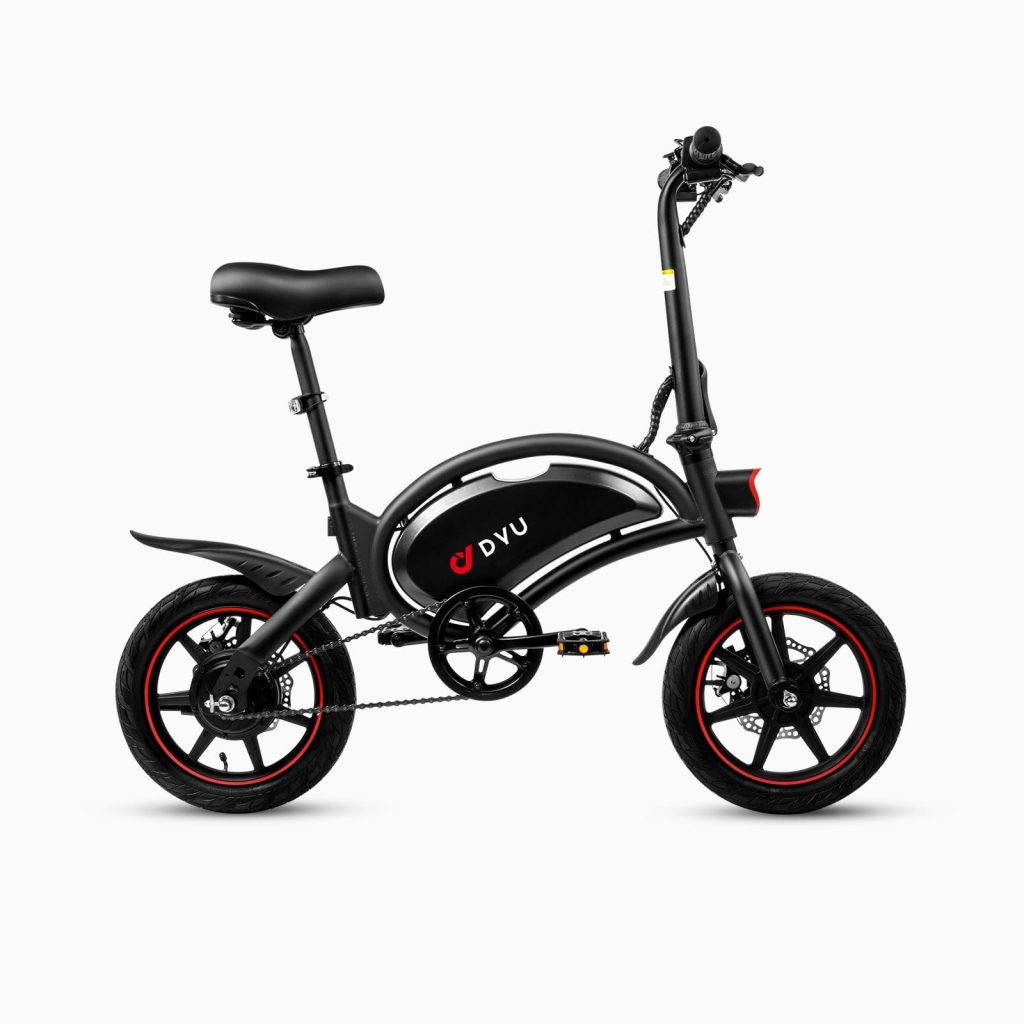
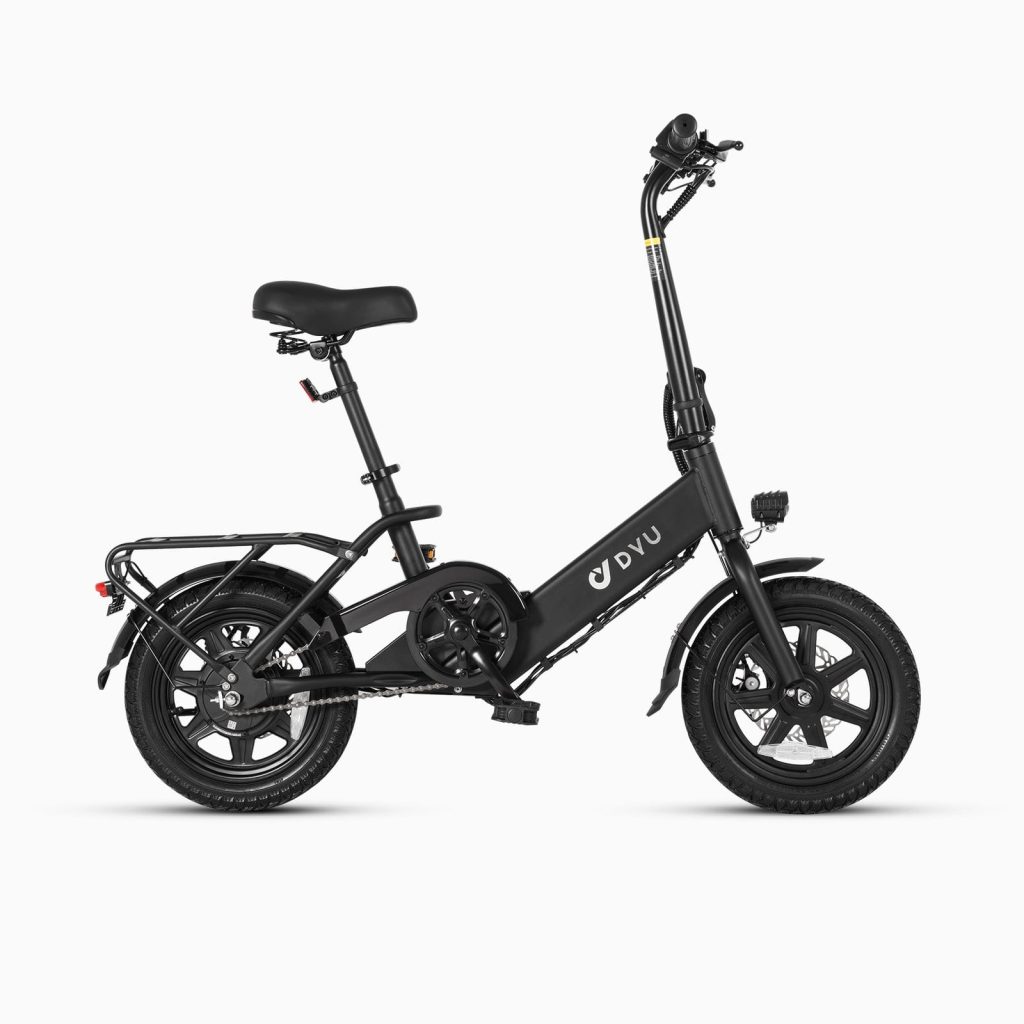
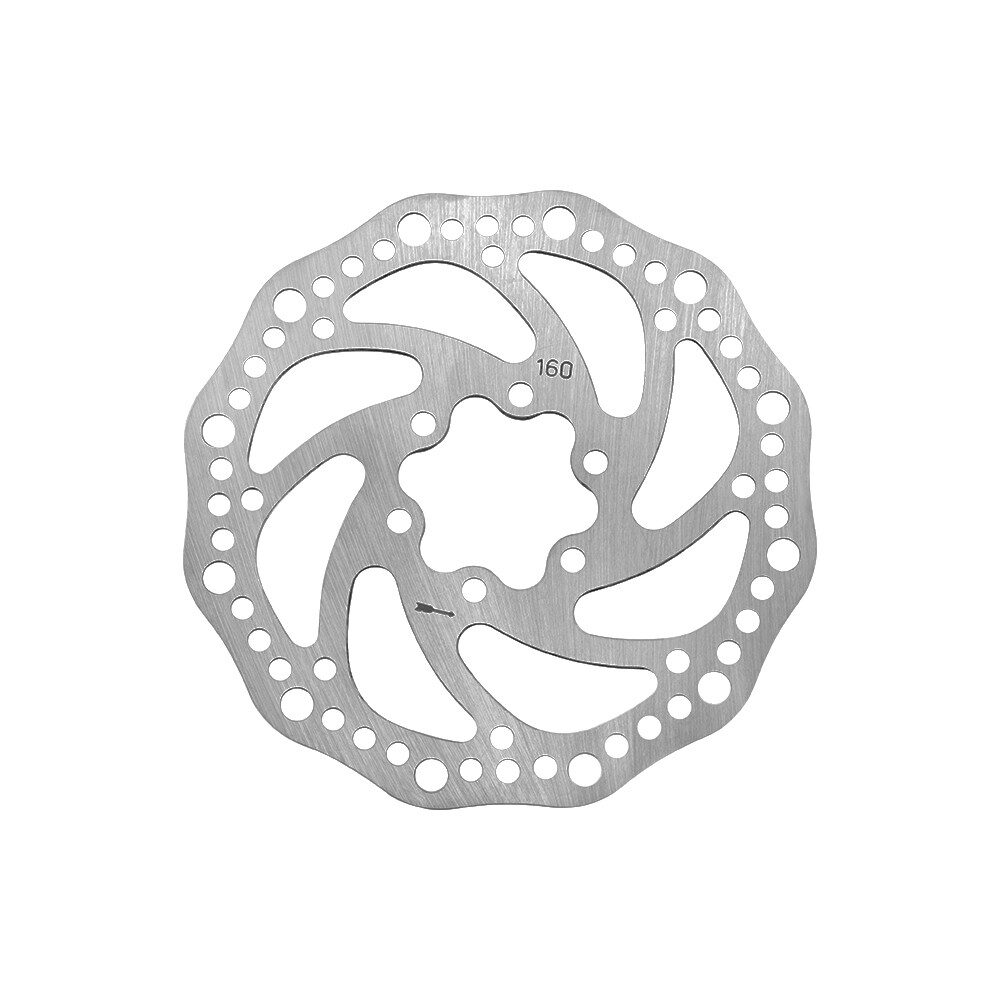
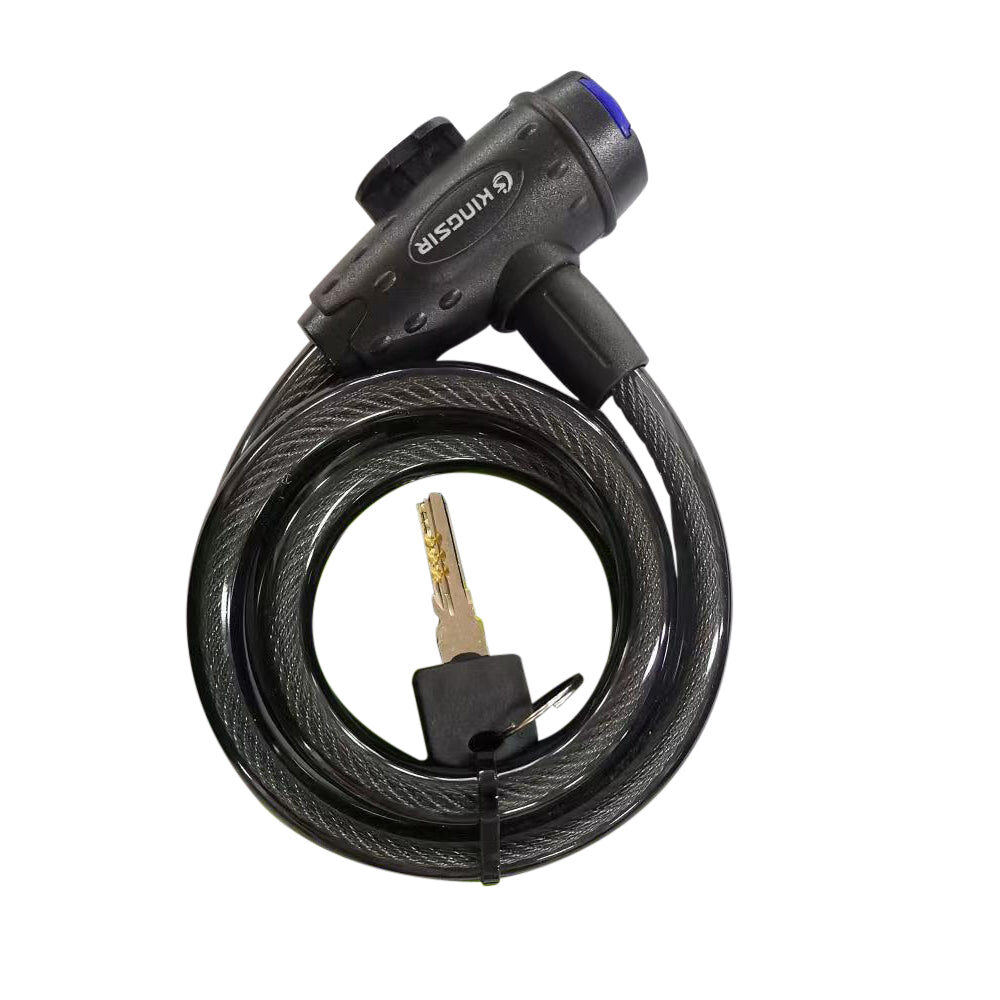

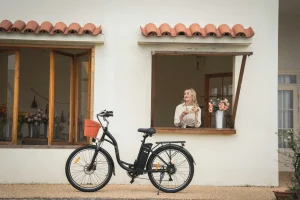

4 commenti
Ethelreda
Ho apprezzato molto i consigli pratici forniti in questo articolo, in particolare l'idea di ricaricare tra il 20 e l'80% e di evitare la ricarica notturna. Ha perfettamente senso e posso provarlo durante i miei spostamenti quotidiani.
Jesse
Grazie per il feedback! Questa abitudine di ricarica è uno dei modi più efficaci e gratuiti per prolungare la durata della batteria. Facci sapere come funziona dopo qualche settimana 😊
Muriel
Ottimi consigli facili da seguire. Non mi ero reso conto che piccole abitudini come la temperatura di conservazione potessero influire così tanto sulla durata della batteria. Vale sicuramente la pena provare questi suggerimenti.
Firenze
Consigli davvero utili: pratici senza essere esagerati. Ho iniziato a ricaricare la batteria dopo ogni viaggio e a gonfiare le gomme ogni settimana, e questo ha sicuramente fatto la differenza nei tragitti più lunghi. Grazie per gli ottimi consigli!